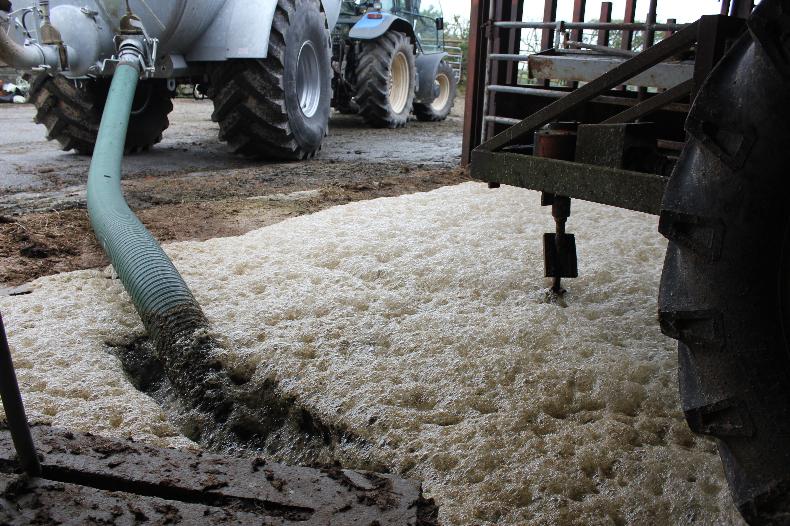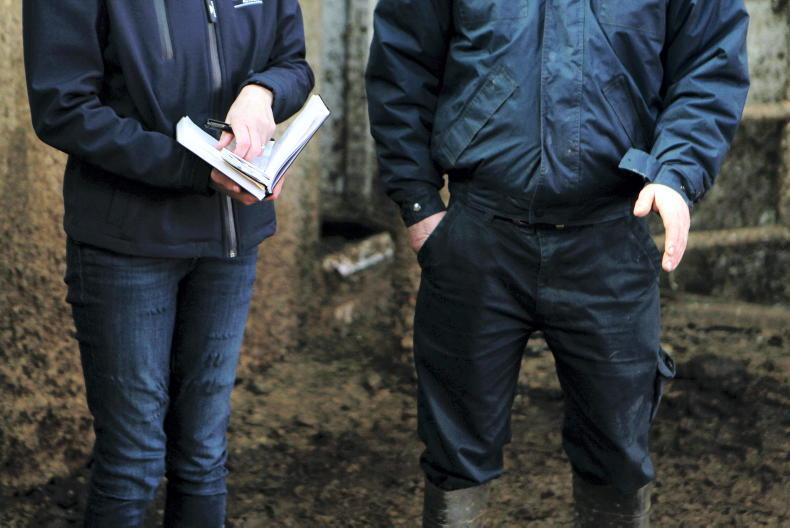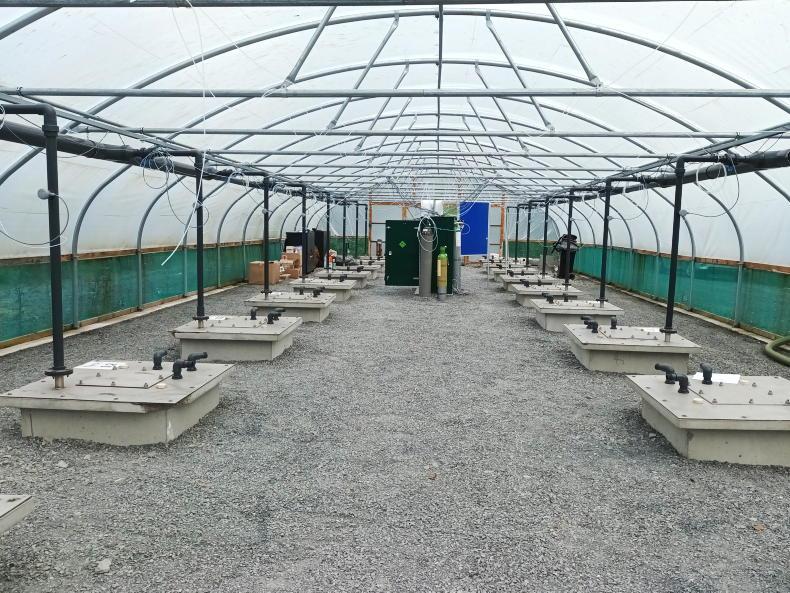Despite all the well-documented information concerning slurry gases, and even though those dangers have too frequently resulted in fatalities, my detailed knowledge of the subject is inadequate.
Yes, I know that mixing slurry is a dangerous job (potentially lethal), but if you asked me a series of exam-style questions, I would achieve a mediocre score.
I’m not going to make excuses, but I’ve been doing the same thing year in, year out, for four decades, and casual acceptance has tended to override safety issues to some extent. However, there’s nothing like a bit of an occurring issue to focus your mind and trigger a few questions.
The facts
Here are the facts. Over the summer, I drew out more than half the slurry from the slatted accommodation, then allowed the tank to fill up with water (both rainwater and water originally from mains supply). The adjoining silo is full of bales, and they are fairly high in dry matter. Therefore, I know that no effluent has been added.
This has happened in the past, although I always attributed the foaming tendency to the silage effluent from the clamped grass
When I started the ancient paddle agitator (I suspect it is genuinely vintage) I was surprised to see foam and froth rising up through the slats to a depth of about two feet. I reckoned this agricultural jacuzzi wasn’t as attractive as it looked, so, holding my breath each time, I stopped the tractor and sucked out a few loads with as little disturbance as possible.
This has happened in the past, although I always attributed the foaming tendency to the silage effluent from the clamped grass, but all that has changed with a switch to bales only.
Cause
So, what causes the heavy frothing? Is it because the slurry was very watery? Had it anything to do with slurry bugs, which were added last autumn? (And on that subject, do these things work? Opinion seems divided). Curiosity got the better of me, and I phoned the NI Health and Safety Executive.
I came off the phone a lot wiser than before, but unfortunately this is not a clear-cut subject, and there are grey areas concerning the release of hydrogen sulphide (the most lethal slurry gas). It is thought that high-concentrate diets make its release more likely, as does the addition of silage effluent. But not in all cases. And the use of gypsum as a bedding material is another likely contributing factor.
But apparently the presence of heavy foaming is no indicator of hydrogen sulphide either, which was a bit of good news for me.
I suppose it is similar to lighting the brandy on the Christmas pudding, but not as tasty
The other three gases are methane, ammonia, and carbon dioxide. Methane is flammable (yet another fact I was blissfully unaware of), and there are anecdotal stories of farmers stirring a house of slurry, then throwing a match on to the slats to watch the gas ignite. I suppose it is similar to lighting the brandy on the Christmas pudding, but not as tasty.
This incident and subsequent phone call has been informative, and I now know a lot more detail about slurry gases than before.
However, given the acres of leaflets, media publications, and radio coverage of this notorious subject, it highlights the difficulty in getting important information across to susceptible people. Unfortunately, too often it takes a drastic situation to make us farmers really sit up and take notice.
Read more
Watch: slurry gas lifts slats away from tank
Slurry dangers – more than just the gas
Despite all the well-documented information concerning slurry gases, and even though those dangers have too frequently resulted in fatalities, my detailed knowledge of the subject is inadequate.
Yes, I know that mixing slurry is a dangerous job (potentially lethal), but if you asked me a series of exam-style questions, I would achieve a mediocre score.
I’m not going to make excuses, but I’ve been doing the same thing year in, year out, for four decades, and casual acceptance has tended to override safety issues to some extent. However, there’s nothing like a bit of an occurring issue to focus your mind and trigger a few questions.
The facts
Here are the facts. Over the summer, I drew out more than half the slurry from the slatted accommodation, then allowed the tank to fill up with water (both rainwater and water originally from mains supply). The adjoining silo is full of bales, and they are fairly high in dry matter. Therefore, I know that no effluent has been added.
This has happened in the past, although I always attributed the foaming tendency to the silage effluent from the clamped grass
When I started the ancient paddle agitator (I suspect it is genuinely vintage) I was surprised to see foam and froth rising up through the slats to a depth of about two feet. I reckoned this agricultural jacuzzi wasn’t as attractive as it looked, so, holding my breath each time, I stopped the tractor and sucked out a few loads with as little disturbance as possible.
This has happened in the past, although I always attributed the foaming tendency to the silage effluent from the clamped grass, but all that has changed with a switch to bales only.
Cause
So, what causes the heavy frothing? Is it because the slurry was very watery? Had it anything to do with slurry bugs, which were added last autumn? (And on that subject, do these things work? Opinion seems divided). Curiosity got the better of me, and I phoned the NI Health and Safety Executive.
I came off the phone a lot wiser than before, but unfortunately this is not a clear-cut subject, and there are grey areas concerning the release of hydrogen sulphide (the most lethal slurry gas). It is thought that high-concentrate diets make its release more likely, as does the addition of silage effluent. But not in all cases. And the use of gypsum as a bedding material is another likely contributing factor.
But apparently the presence of heavy foaming is no indicator of hydrogen sulphide either, which was a bit of good news for me.
I suppose it is similar to lighting the brandy on the Christmas pudding, but not as tasty
The other three gases are methane, ammonia, and carbon dioxide. Methane is flammable (yet another fact I was blissfully unaware of), and there are anecdotal stories of farmers stirring a house of slurry, then throwing a match on to the slats to watch the gas ignite. I suppose it is similar to lighting the brandy on the Christmas pudding, but not as tasty.
This incident and subsequent phone call has been informative, and I now know a lot more detail about slurry gases than before.
However, given the acres of leaflets, media publications, and radio coverage of this notorious subject, it highlights the difficulty in getting important information across to susceptible people. Unfortunately, too often it takes a drastic situation to make us farmers really sit up and take notice.
Read more
Watch: slurry gas lifts slats away from tank
Slurry dangers – more than just the gas









SHARING OPTIONS